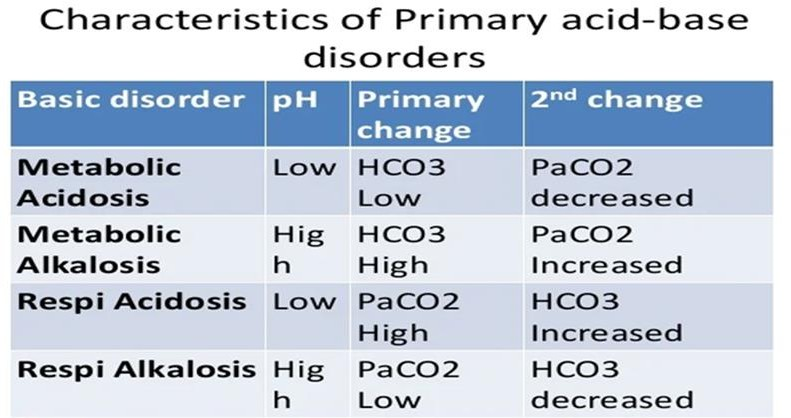Which information about a patient who is receiving cisatracurium (Nimbex) to prevent asynchronous breathing with the positive pressure ventilator requires action by the nurse?
The patient has no cough reflex when suctioned.
The patient's oxygen saturation is 90% to 93%
The patient does not respond to voice.
No sedative is ordered for the patient
The Correct Answer is D
D Sedatives are typically administered alongside neuromuscular blockers to ensure the patient's comfort and prevent awareness during mechanical ventilation.
A The absence of a cough reflex when suctioned is expected in a patient receiving cisatracurium (Nimbex) because it is a neuromuscular blocking agent that induces paralysis. Cisatracurium inhibits skeletal muscle movement, including the muscles involved in coughing.
B An oxygen saturation between 90% to 93% is within an acceptable range for a patient in this condition.
C The lack of response to voice may indicate that the patient is sedated or experiencing effects from the neuromuscular blocking agent. However, since the patient is receiving cisatracurium to prevent asynchronous breathing with the positive pressure ventilator, it's expected that the patient will not respond to voice due to the medication-induced paralysis.
Nursing Test Bank
Naxlex Comprehensive Predictor Exams
Related Questions
Correct Answer is B
Explanation
B. A client who is postoperative with shallow respirations at a rate of 9/min is likely not adequately eliminating carbon dioxide from their body due to hypoventilation. This retention of carbon dioxide can lead to an increase in the partial pressure of CO2 in the blood, causing an acidotic state.
A. Metabolic acidosis results from an accumulation of acids in the body or a loss of bicarbonate. Hypoventilation leading to respiratory acidosis does not directly cause metabolic acidosis.
C. Respiratory alkalosis occurs when there is excessive elimination of CO2 from the body, leading to decreased arterial carbon dioxide levels (hypocapnia) and an increase in pH. Shallow respirations and decreased respiratory rate are more consistent with hypoventilation and respiratory acidosis rather than hyperventilation and respiratory alkalosis.
D. Metabolic alkalosis results from excessive loss of acids or increased bicarbonate levels in the body. Hypoventilation leading to respiratory acidosis does not directly cause metabolic alkalosis.

Correct Answer is A
Explanation
A. Pacemaker spikes before each QRS complex: This is the correct answer. In a client with a ventricular pacemaker, the pacemaker spikes should precede each QRS complex on the ECG strip. This indicates that the pacemaker is appropriately stimulating the ventricles to depolarize and initiate a heartbeat. The
presence of pacemaker spikes before each QRS complex signifies that the pacemaker is functioning properly and effectively pacing the ventricles.
B. Pacemaker spikes occurring after each QRS complex would suggest a malfunction or inappropriate timing of the pacemaker. In this scenario, the pacemaker would not be pacing the ventricles as intended. This would be an abnormal finding and would require further assessment and intervention.
C. Pacemaker spikes preceding each P wave would suggest pacing of the atria rather than the ventricles. This would indicate a different type of pacemaker (atrial pacemaker) or inappropriate pacing settings for a ventricular pacemaker. In either case, it would be considered abnormal for a ventricular pacemaker and would require evaluation and possibly reprogramming of the pacemaker.
D. Pacemaker spikes occurring with each T wave would be an abnormal finding and would suggest interference or oversensing by the pacemaker. This could lead to inappropriate pacing or dysrhythmias. It would require further investigation and correction to ensure proper pacemaker function.
Whether you are a student looking to ace your exams or a practicing nurse seeking to enhance your expertise , our nursing education contents will empower you with the confidence and competence to make a difference in the lives of patients and become a respected leader in the healthcare field.
Visit Naxlex, invest in your future and unlock endless possibilities with our unparalleled nursing education contents today
Report Wrong Answer on the Current Question
Do you disagree with the answer? If yes, what is your expected answer? Explain.
Kindly be descriptive with the issue you are facing.
